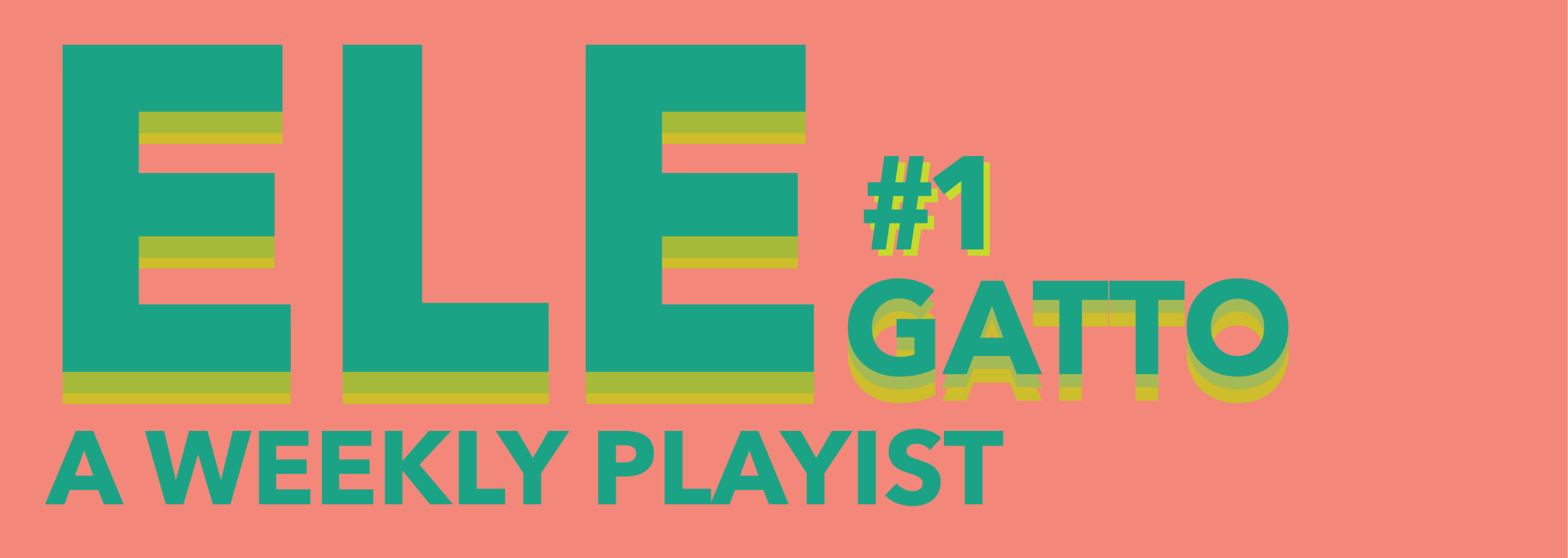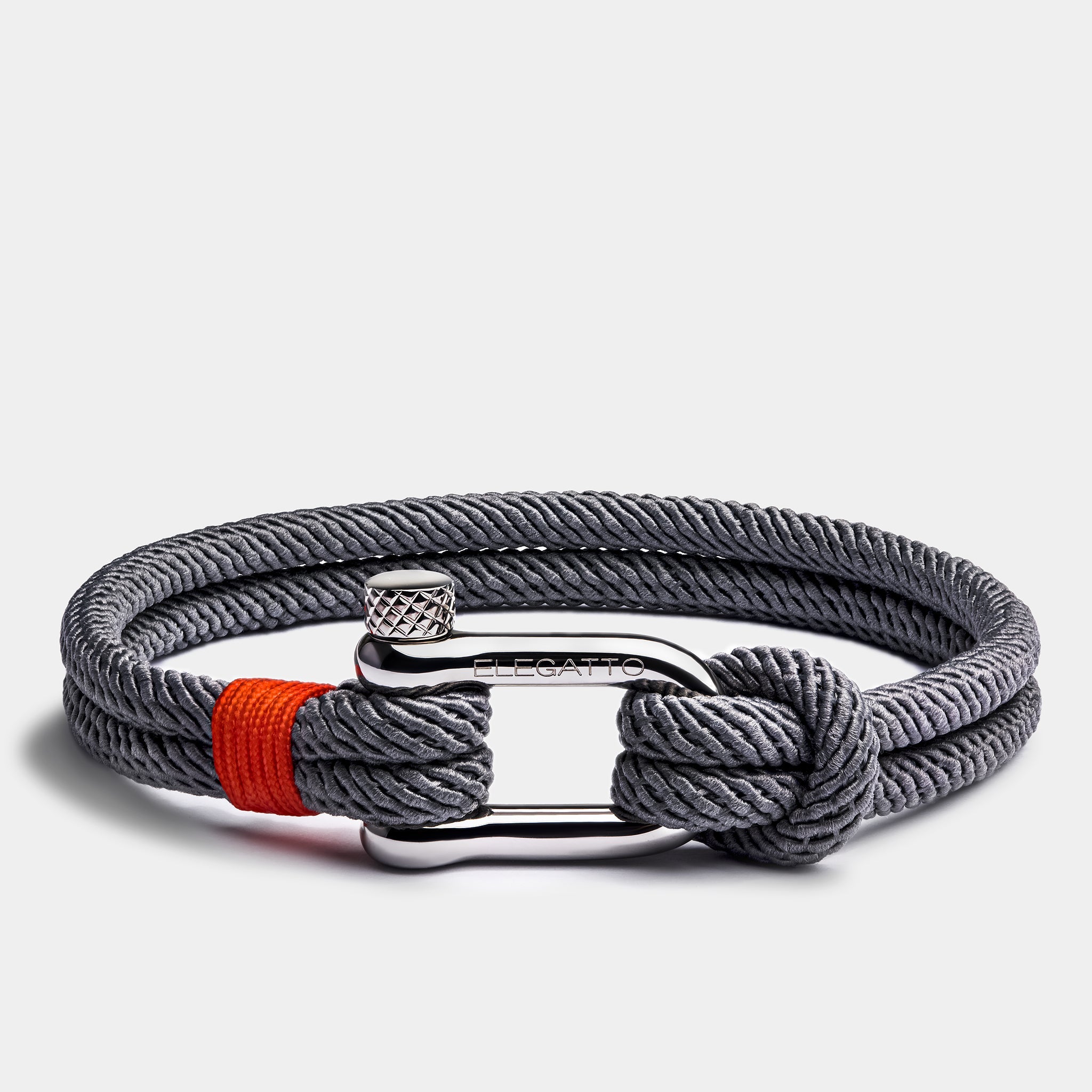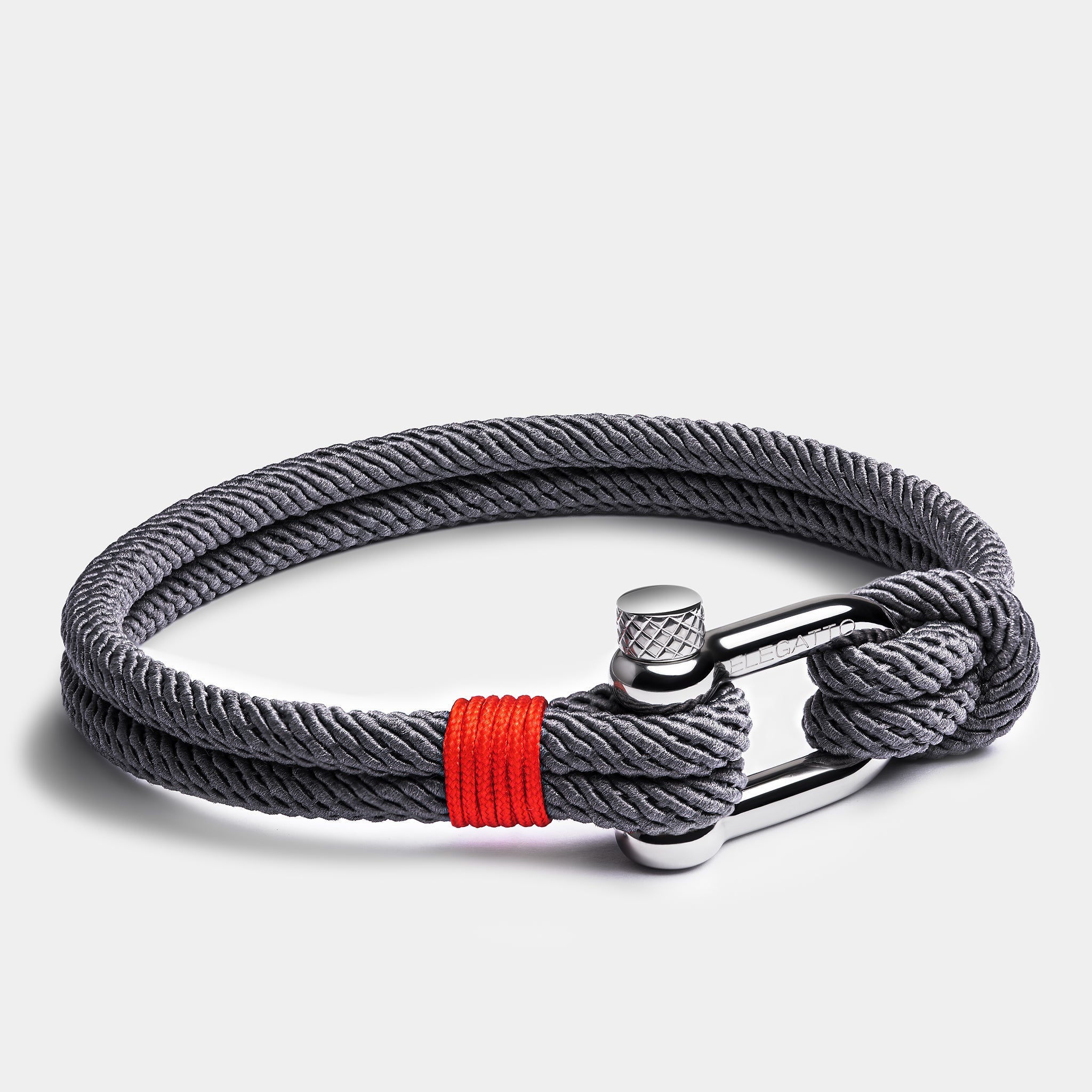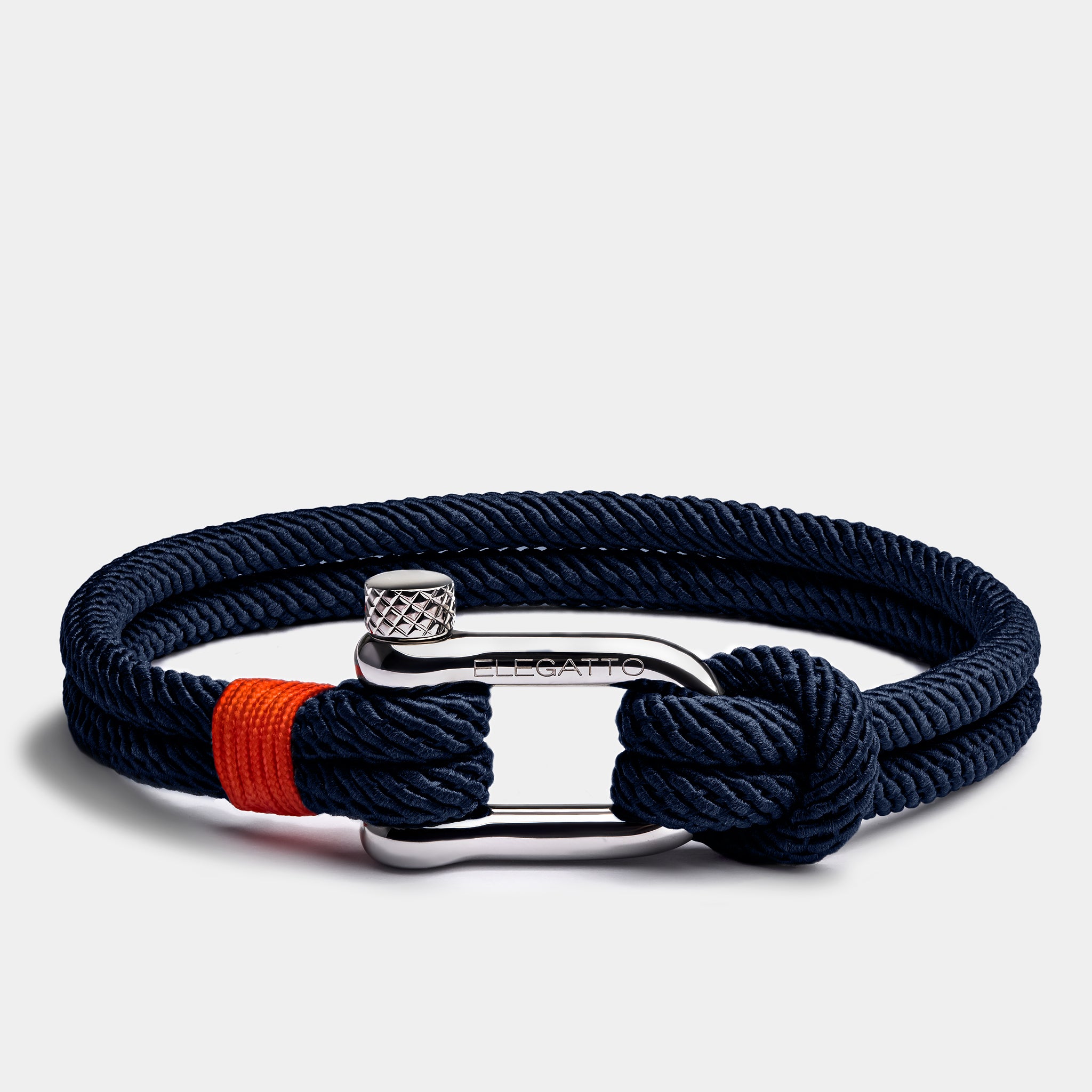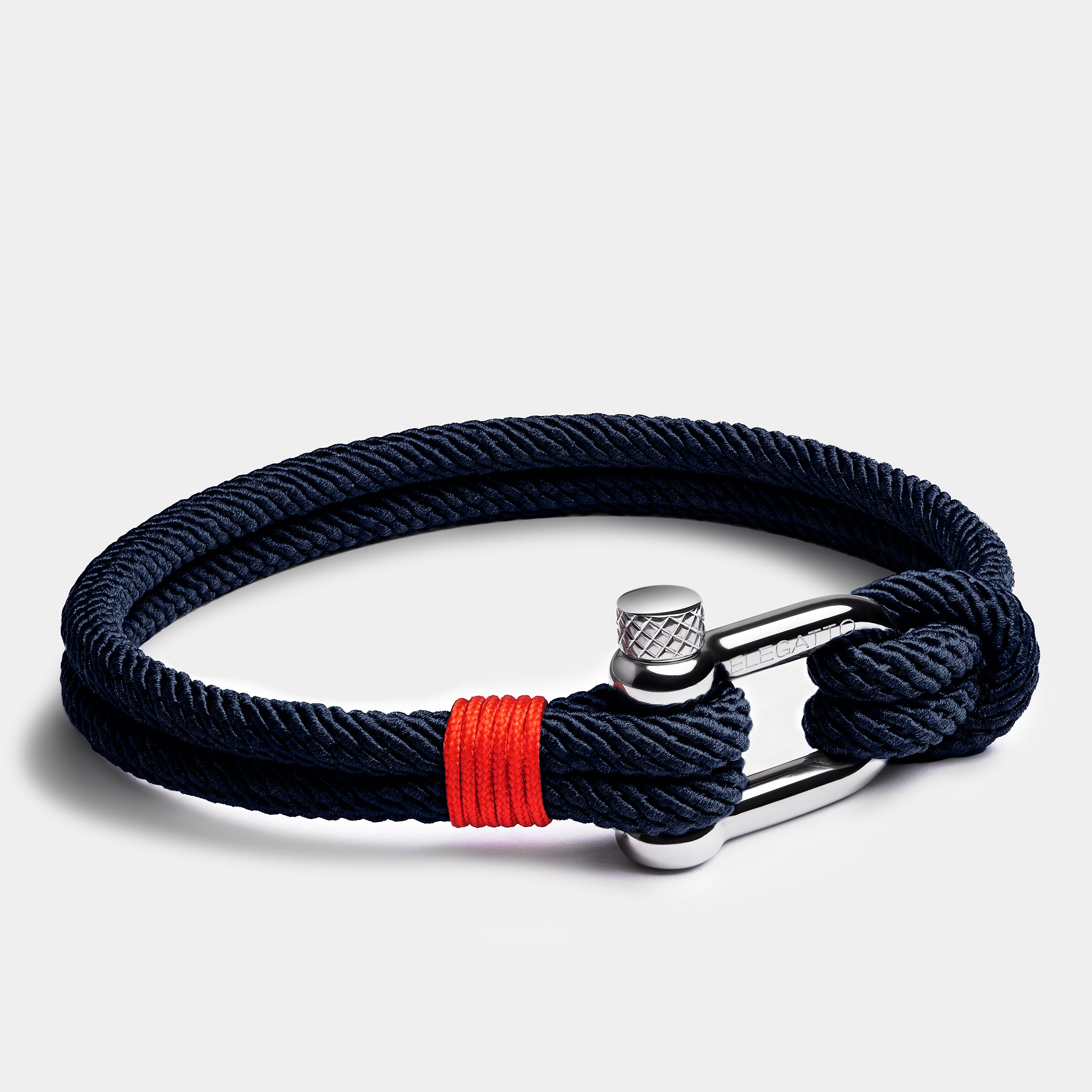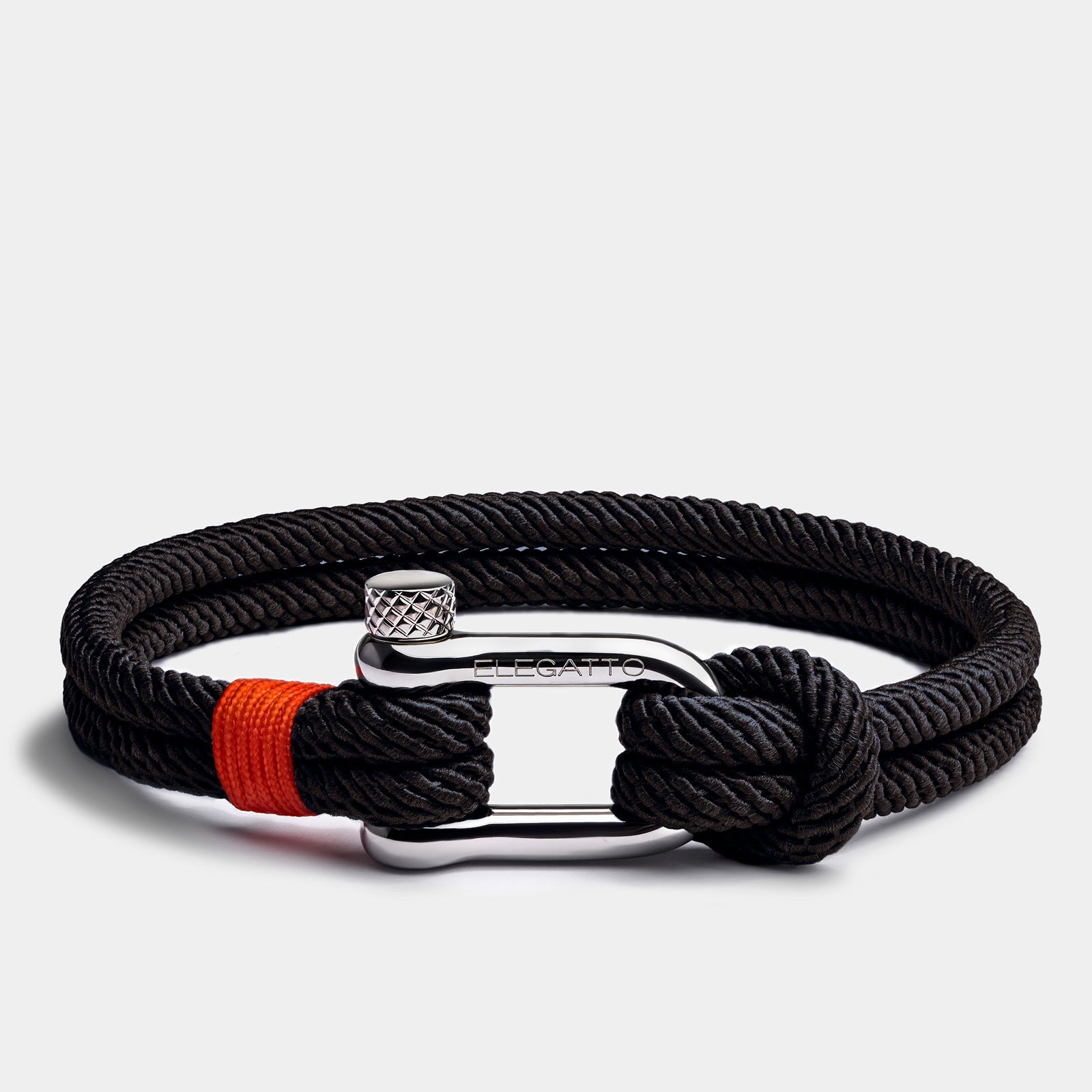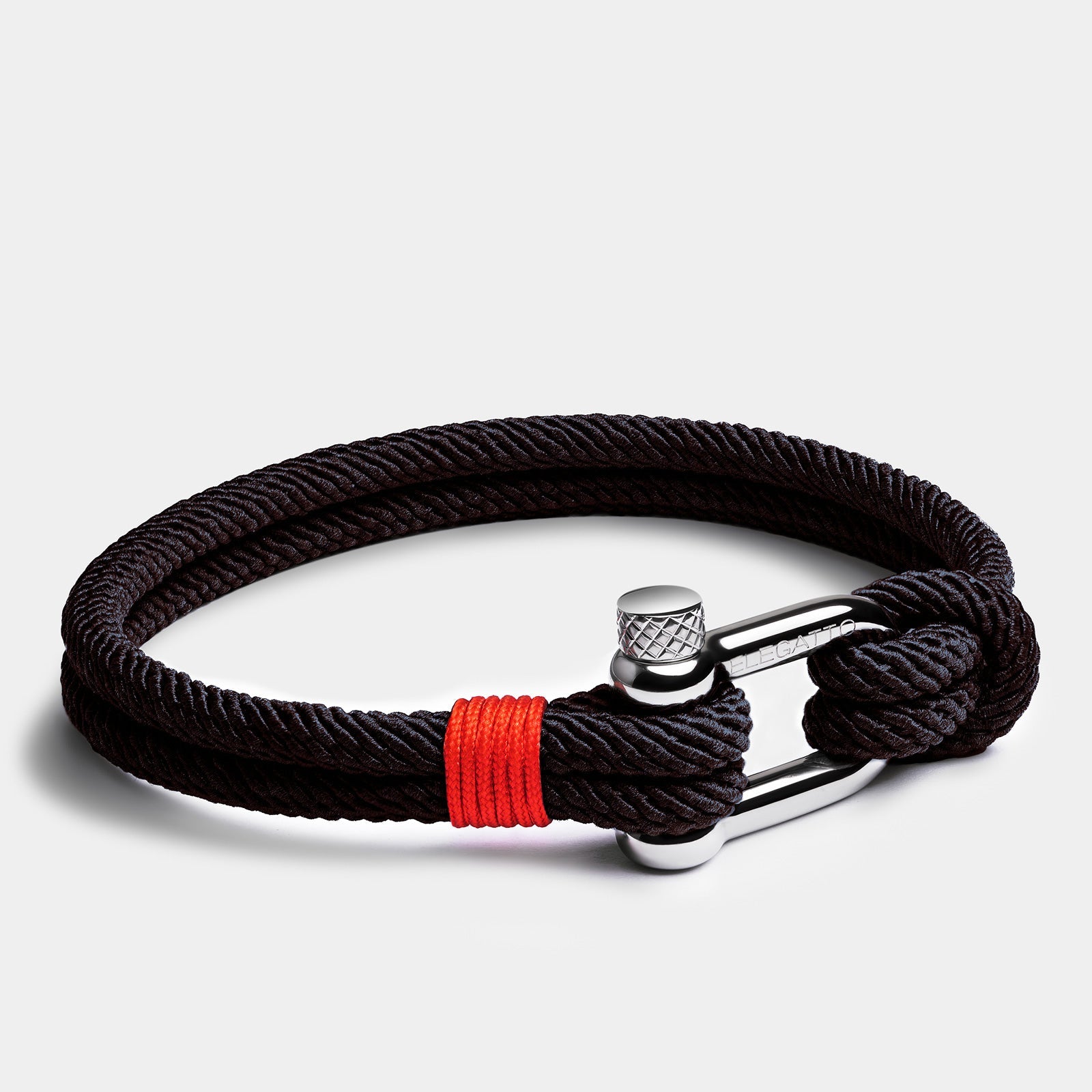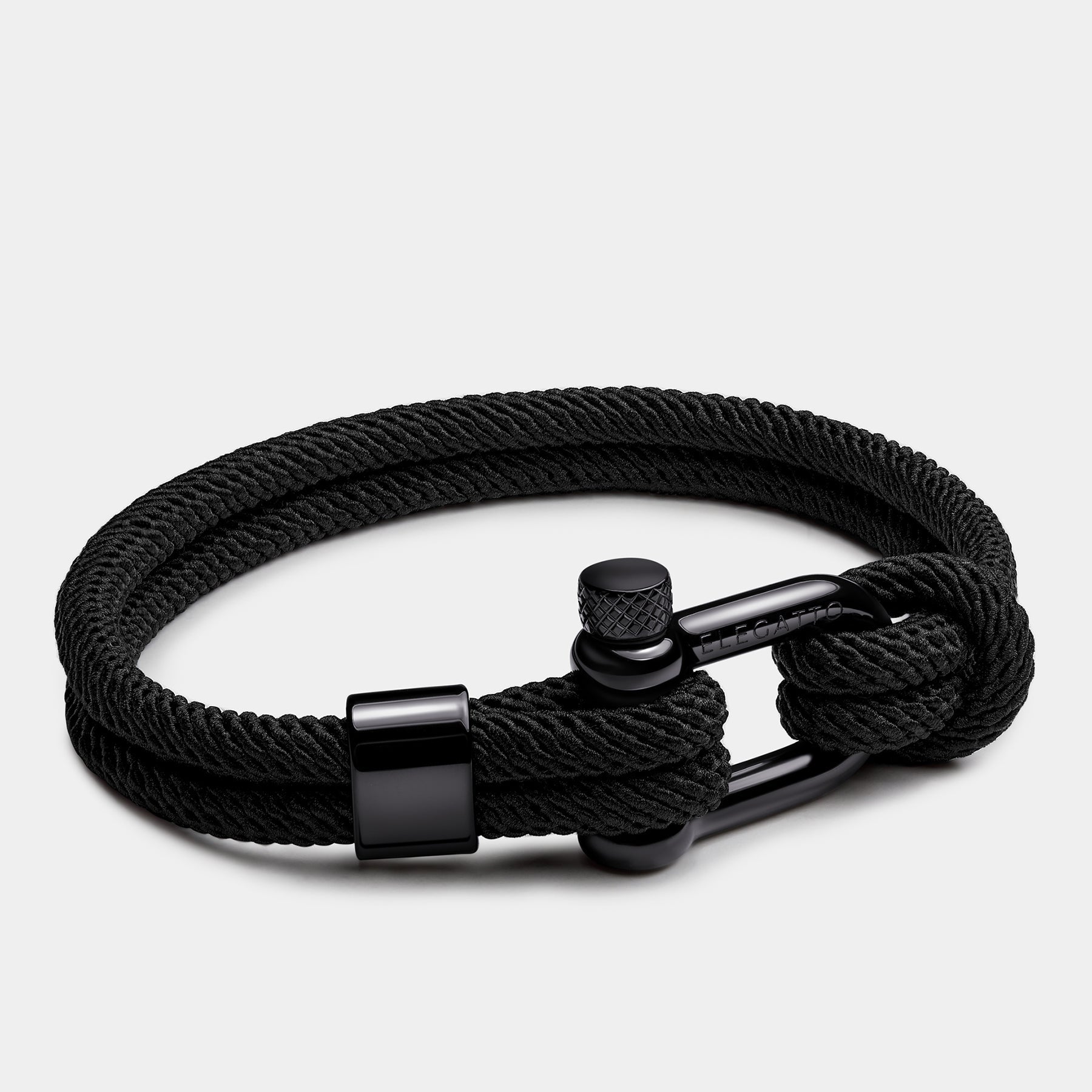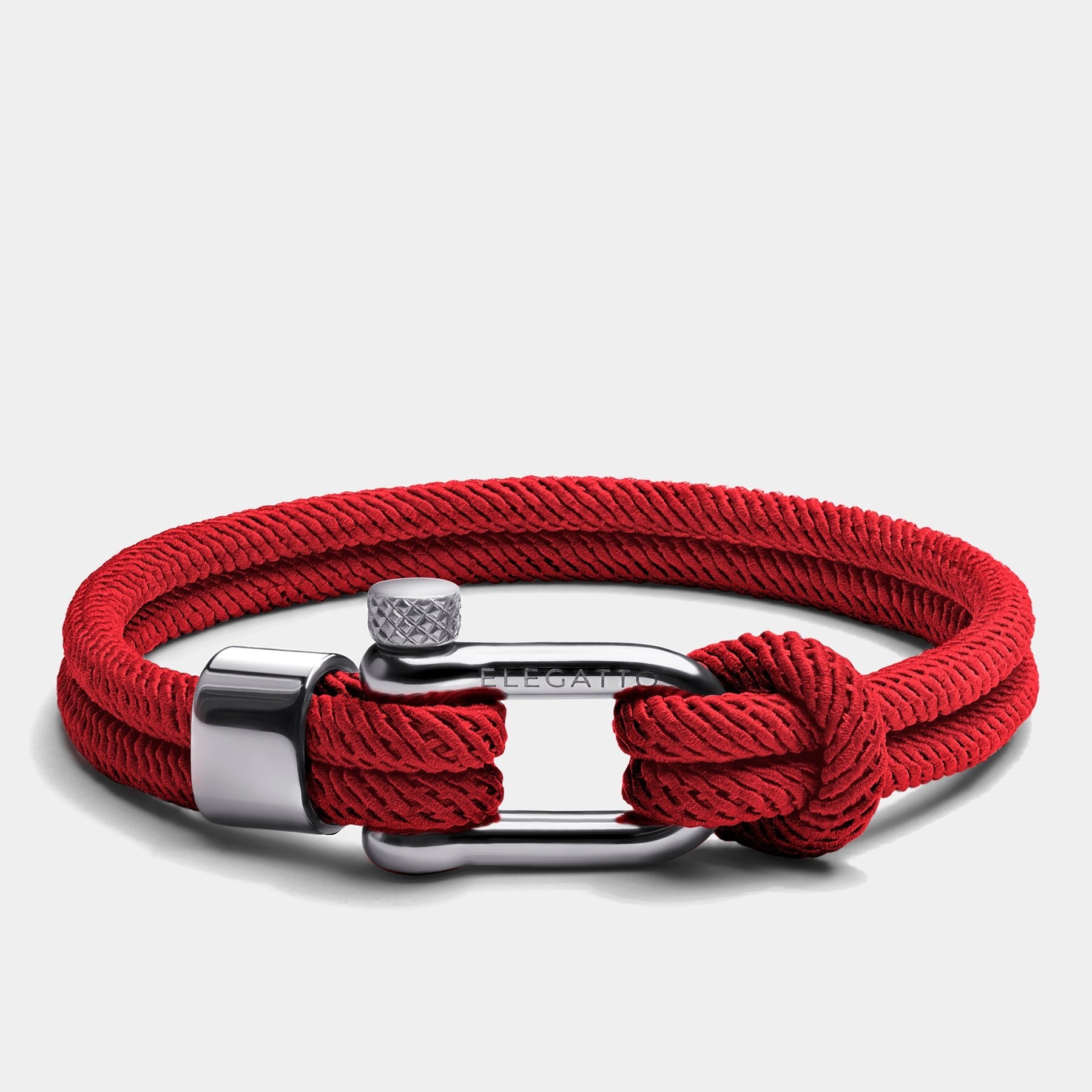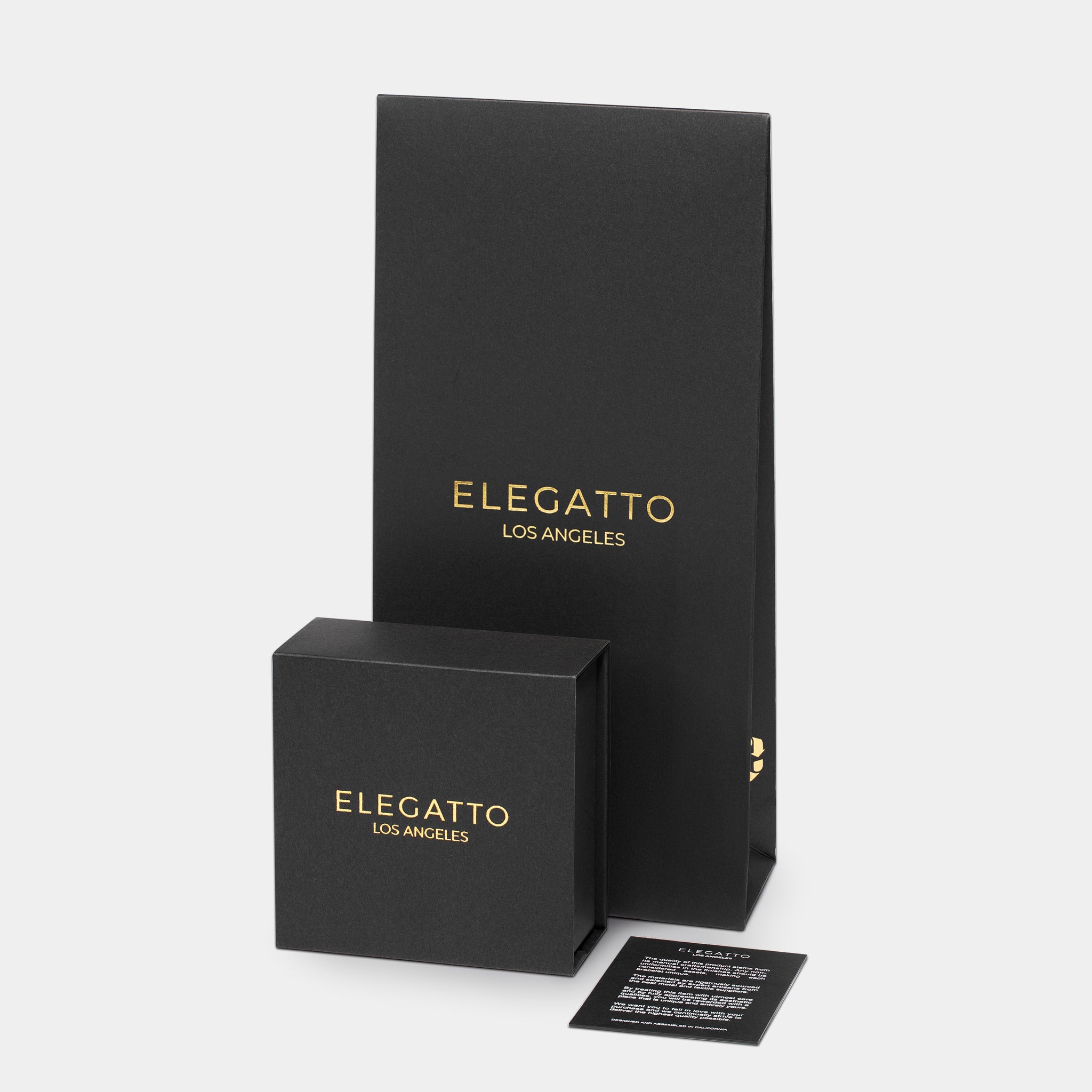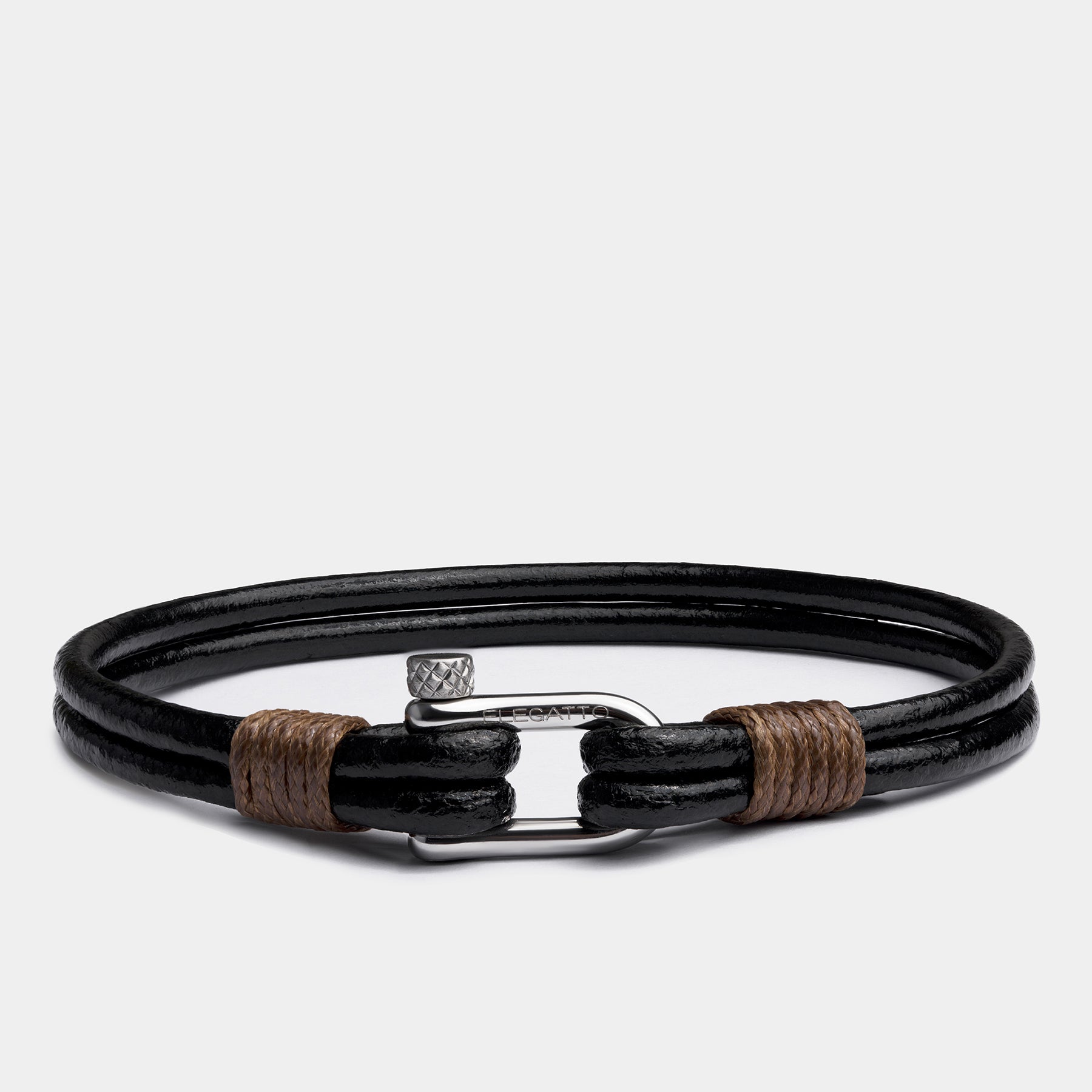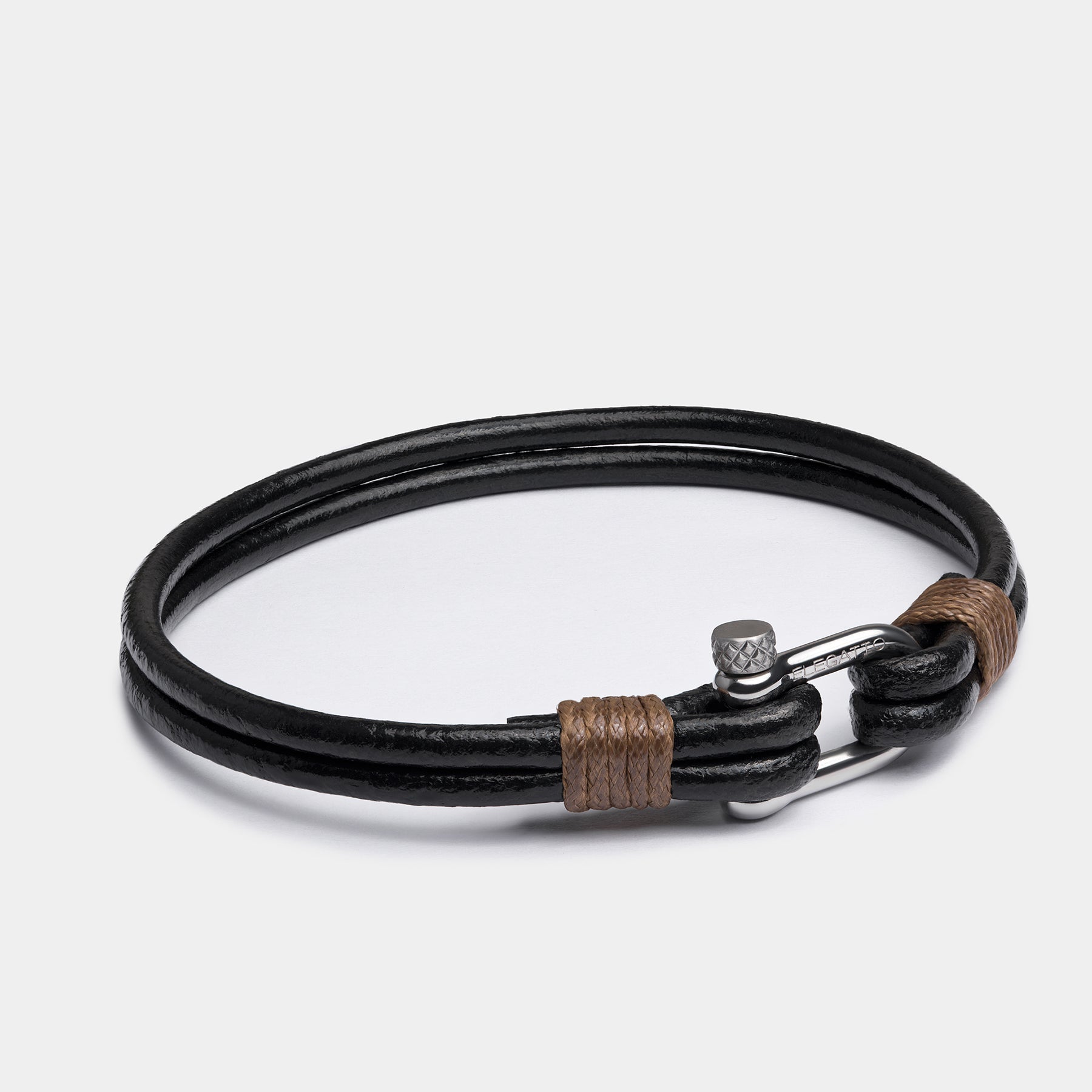Leather is one of man’s earliest and most useful discoveries. Our ancestors used leather to protect themselves from the elements. Primitive man hunted wild animals for food, then made clothing, footwear and crude tents from the hides. Like then, hides used today are a by-product. Animals are raised for the meat, dairy and wool industries, not for their hides. Roughly half of all leather produced today is used to make shoes, and about 25% for clothing. Upholstery demands only around 15% of the total product.

Wall paintings and artifacts in Egyptian tombs dating back to 5000 B.C. indicate that leather was used for sandals, clothes, gloves, buckets, bottles, shrouds for burying the dead and for military equipment. The ancient Greeks are credited with developing tanning formulas using certain tree barks and leaves soaked in water to preserve the leather. This was the first record of vegetable tanned leather, which became a well-established trade in Greece around 500 B.C. Vegetable tanned leathers are still produced today and remain an active ingredient in modern tonnage. The Romans made extensive use of leather for footwear, clothes, and military equipment including shields, saddles and harnesses.
Due to its durability and comfort, leather has been used for seating throughout the history of transportation and furniture. It has always been the ideal material for making saddles and tack, as well as footwear. During the Middle Ages, leather became the cover of choice for dining chairs, because it was easy to maintain and did not absorb the odor of food.

The spread of industrialization in the 18th and 19th centuries created a demand for new kinds of leathers, such as belting leathers to drive machinery. The invention of the automobile, the demand for softer, lightweight footwear with a fashionable appearance, and a general rise in the standard of living created a demand for soft, supple, colorful leather. The traditional vegetable tanned leather was too hard and thick for these requirements and thus, the use of chromium salt was adopted and chrome tanning became the standard for modern footwear, fashion and upholstery leathers.
Modern technology has allowed for innovation in the leather industry, as the development of chemicals and sophisticated processing methods have greatly expanded the aesthetics and feel of leather as well as the possible applications. Leather continues to be the material of choice, not just for commercial and residential furniture but for automotive, aviation and marine applications as well.
 Modern technology has allowed for innovation in the leather industry, as the development of chemicals and sophisticated processing methods have greatly expanded the aesthetics and feel of leather as well as the possible applications. Leather continues to be the material of choice, not just for commercial and residential furniture but for automotive, aviation and marine applications as well.
Modern technology has allowed for innovation in the leather industry, as the development of chemicals and sophisticated processing methods have greatly expanded the aesthetics and feel of leather as well as the possible applications. Leather continues to be the material of choice, not just for commercial and residential furniture but for automotive, aviation and marine applications as well.






 Modern technology has allowed for innovation in the leather industry, as the development of chemicals and sophisticated processing methods have greatly expanded the aesthetics and feel of leather as well as the possible applications. Leather continues to be the material of choice, not just for commercial and residential furniture but for automotive, aviation and marine applications as well.
Modern technology has allowed for innovation in the leather industry, as the development of chemicals and sophisticated processing methods have greatly expanded the aesthetics and feel of leather as well as the possible applications. Leather continues to be the material of choice, not just for commercial and residential furniture but for automotive, aviation and marine applications as well.